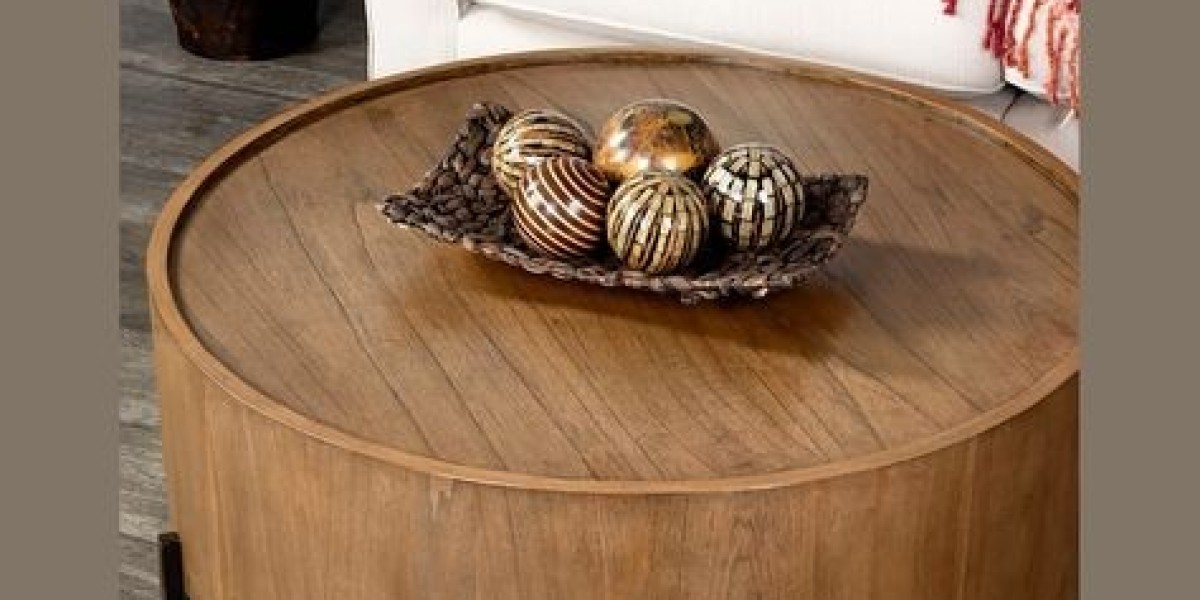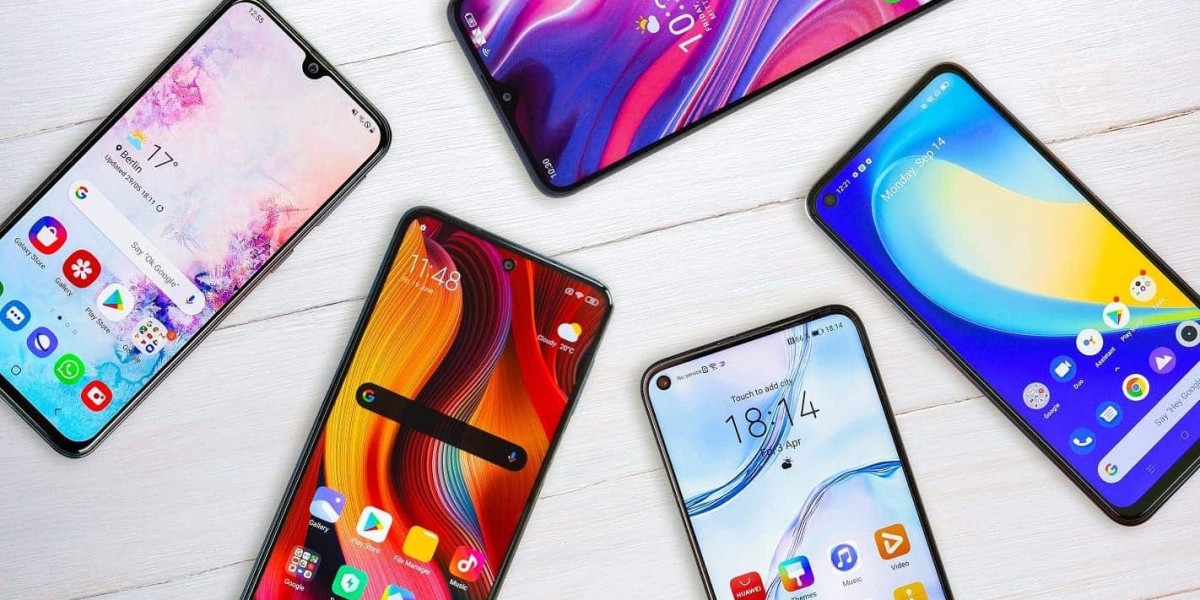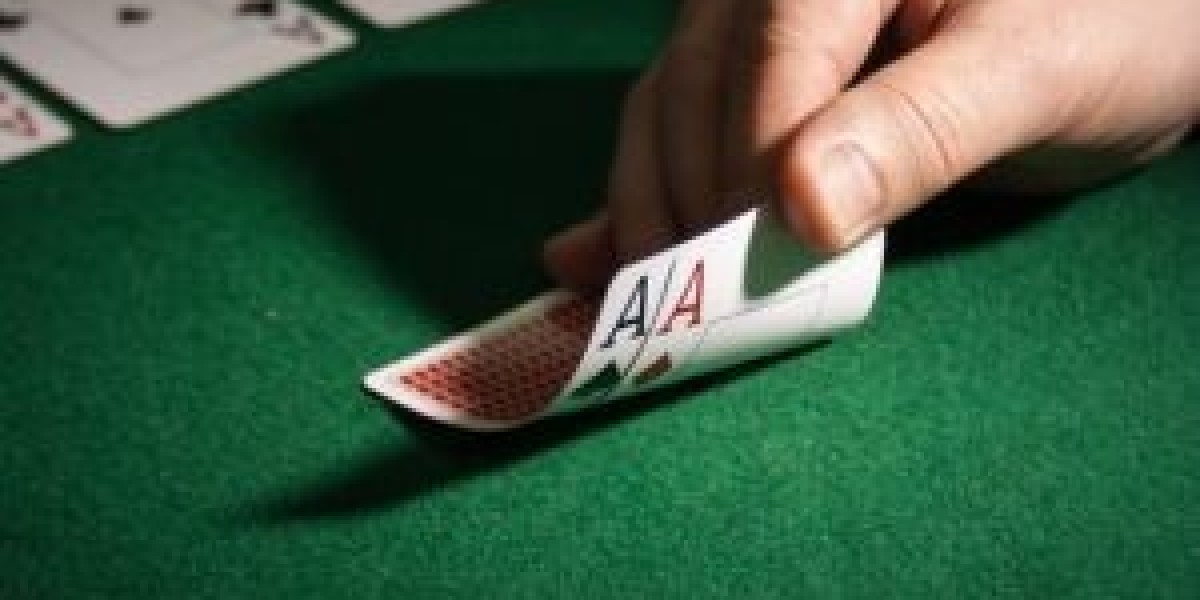A Blend of Style and Durability: The Marriage of Aesthetics and Longevity
Imagine a beautiful, antique hardwood coffee table, standing the test of time its surface bearing the tales of numerous coffee spills, the weight of countless books, and the touch of generations. Just like this coffee table, the fusion of style and durability in any domain, whether fashion, architecture, or product design, is akin to a masterful dance between strength and beauty, each step perfectly in sync.
Overview
In our quest for items that not only catch the eye but also endure the ravages of time, we often find ourselves at a crossroads. Should we prioritize appearance or resilience? The truth lies in the balance a harmonious blend where neither is compromised. This balance is not just a lofty ideal; it's increasingly becoming a consumer demand, reflected in market trends and innovative designs across industries.
Empirical Evidence
Case Study 1: Fashion Industry
The shift towards durable yet stylish clothing is evident. A study by McKinsey Company highlights a growing consumer preference for quality and longevity in apparel, with 67% of surveyed consumers considering the use of sustainable, long-lasting materials as a key factor in clothing purchase.
Case Study 2: Architecture
In architecture, the trend is embodied in structures that withstand time and elements while maintaining their aesthetic appeal. The use of enduring materials like stone, hardwood, and metal, combined with timeless design, marks this trend. For example, the use of bamboo in modern construction pairs sustainability with elegance, offering a lifespan that rivals traditional steel in certain conditions.
Case Study 3: Furniture Design
A notable shift in consumer preferences for furniture that lasts is evident. The market for sturdy, yet chic "coffee table hardwood" styles has surged, with a focus on materials like oak and walnut known for their durability and ageless grace. These pieces are not just functional; they become part of a family's heritage, passed down through generations.
Insights and Solutions
1. Innovative Materials: Exploring materials that offer both durability and aesthetic appeal is key. For instance, the development of high-performance fabrics in fashion, which are both stylish and long-lasting.
2. Design Philosophy: Embracing a design philosophy that values longevity and timelessness in aesthetics can lead to products that remain relevant and cherished for years.
3. Maintenance and Care: Educating consumers on proper care can extend the life of products. Whether it's a coffee table or a leather jacket, knowing how to maintain these items can significantly enhance their lifespan and appearance.
4. Circular Economy: Encouraging a circular economy, where products are designed to be recycled or repurposed, ensures longevity and style don't come at the cost of our environment.
Practical Implications
For consumers, the blend of style and durability means investing in pieces that provide long-term value. For businesses, it's about innovating in ways that meet these consumer needs while being environmentally and economically sustainable. In terms of policy, it underscores the importance of standards and incentives for sustainable, durable production practices.
In an era where the ephemeral is often celebrated, the commitment to durability and style is more than a trend; it's a testament to our respect for both aesthetics and our planet's resources. This approach not only honors the craftsmanship of our past but paves the way for a more sustainable, beautiful future. As we witness in the case of the enduring, elegant coffee table, what lasts isn't just about resilience; it's a story of love, care, and thoughtful design, transcending its mere utility to become a treasured artifact.
Continuing the Conversation: Deepening the Integration of Style and Durability
Taking the discussion further, lets delve into how this marriage of style and durability can be deepened and made more accessible and appealing to a broader audience.
Broadening Accessibility
1. Affordable Durability: One of the primary challenges in blending style with durability is the often high cost associated with durable materials. Innovations in material science can offer solutions here. For example, the development of composite materials that mimic the look and durability of traditional hardwood can make stylish and durable furniture like coffee tables more accessible.
2. Adaptive Reuse: In architecture and interior design, adaptive reuse not only conserves resources but also provides a unique blend of historical durability with modern aesthetics. For instance, old factories or barns converted into homes or offices often retain their robust, rustic appeal while adopting contemporary design elements.
Educational Aspects
1. Design Education: Incorporating the principles of sustainable, durable design in educational curricula can prepare the next generation of designers to think creatively about longevity in aesthetics. This education can range from understanding how to design a coffee table hardwood that withstands heavy use, to creating a building that retains its beauty over decades.
2. Consumer Awareness: Raising consumer awareness about the benefits of choosing durable, stylish products can shift market trends. This includes educating them on how to discern true quality, like understanding the craftsmanship behind a hardwood coffee table versus a cheaper, less durable alternative.
Technological Integration
1. Smart Durability: In the age of smart technology, integrating durability with tech-savvy features can redefine style. For instance, furniture like coffee tables embedded with charging stations or smart displays can offer convenience while retaining their durable, classic hardwood appeal.
2. Eco-technological Advancements: Advancements in green technology, like eco-friendly varnishes for hardwood furniture or solar-integrated roofing for homes, can enhance both the durability and environmental footprint of stylish designs.
Forward-Thinking Policies
1. Sustainability Incentives: Governments and organizations can play a crucial role by incentivizing sustainable, durable practices. Tax breaks, grants, or awards for companies and designers who excel in creating products that blend aesthetics with longevity can stimulate innovative approaches.
2. Standardization of Durability: Implementing standards that quantify and certify the durability of products from construction materials to daily use items like furniture helps consumers make informed choices.
Conclusion of Current Discussion
The synergy of style and durability isn't just a design objective; it's a comprehensive philosophy that encompasses materials, technology, education, and policy. It's about creating a world where things are made to last, both in function and in form, bringing a sense of permanence in an increasingly transient world. As we evolve towards more sustainable lifestyles, the narrative around durable and stylish products, exemplified by the timeless coffee table hardwood, is evolving too it's no longer just about making a statement or surviving the years, but about telling a story of innovation, respect for resources, and the enduring beauty of functionality merged with art.
Embracing the Future: The Enduring Path of Style and Durability
As we advance towards a future that demands both aesthetic appeal and sustainable practices, the interplay between style and durability becomes increasingly significant. This blend is not just a passing trend but a vital approach to our evolving lifestyles and the way we interact with our environment.
Envisioning a Sustainable and Stylish Future
The journey towards a deeper integration of style with durability suggests a future where every object, from a coffee table to a high-rise building, embodies a responsible ethos along with elegance. We envision homes furnished with hardwood tables that tell stories across generations, clothes that retain their charm and function year after year, and buildings that stand proudly as legacies of our cultural commitment to both beauty and endurance.
The Role of Innovation and Responsibility
Technological innovation, creative design solutions, and responsible consumption and production practices are the pillars of this vision. As consumers, designers, and policymakers, we each have a role in shaping a world where durability is synonymous with style. By choosing, creating, and legislating with this harmony in mind, we not only enhance our immediate surroundings but also contribute to a more sustainable world.
Final Thoughts
In conclusion, the blend of style and durability, epitomized by elements like the robust yet elegant coffee table hardwood, goes beyond mere functionality or aesthetic. It's about crafting a legacy products and designs that stand the test of time not just physically but also in their ability to inspire future generations. This approach compels us to rethink our relationship with the objects we use and the spaces we inhabit, infusing them with values of longevity, sustainability, and timeless beauty.
In embracing this blend, we create not just things that last but also a lasting impression of who we are and what we value. Our creations become more than mere possessions or structures; they transform into stories, heirlooms, and monuments of our commitment to a world where style and durability are not competing forces but harmonious allies. The journey towards this balanced fusion is ongoing and ever-evolving, beckoning us to continue exploring, innovating, and appreciating the enduring beauty in our world.








